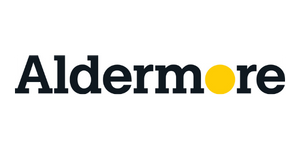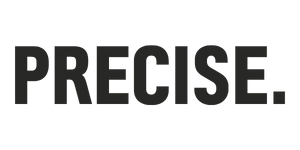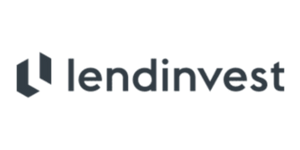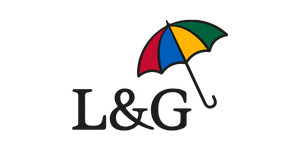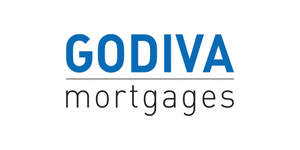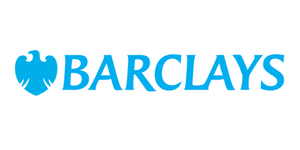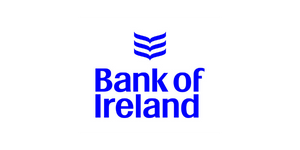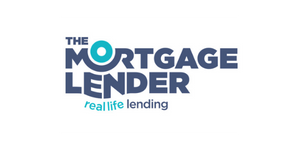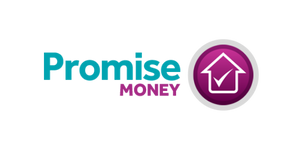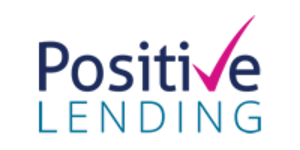WHAT ARE THE BENEFITS OF A BUY-TO-LET MORTGAGE CALCULATOR?
You can use our Buy-to-Let mortgage calculator to estimate how much you can borrow for a Buy-to-Let property. This allows you to budget accurately to prepare for your mortgage. This will ensure you keep your Buy-to-Let business as profitable as possible.
The actual amount you can borrow will depend on various factors, including rental income, credit history and property type.
Buy-to-Let mortgage affordability criteria
Lenders must thoroughly assess affordability for Buy-to-Let mortgages, especially for landlords with four or more properties. A ‘stress test’ is required to ensure the mortgage remains affordable even with future interest rate increases. Portfolio landlords are evaluated based on overall equity and rental income.
Buy-to-Let lending criteria will differ from lender to lender. It is typically based on the projected rental income exceeding the mortgage interest by a set ratio. Factors like total income and tax liabilities will also impact your eligibility. For example
- Minimum rental income of 125% of mortgage interest, calculated at a reference rate of 5% for applicants with a total income of under £40,000 and who are non-taxpayers or basic rate (20%) taxpayers.
- Minimum rental income of 140% of mortgage interest, calculated at a reference rate of 5.25% for applicants with a total income of over £40,000 or who are higher (40%) or additional rate (45%) taxpayers.
Keep in mind that some lenders may refuse to lend on certain types of properties. For example, houses in multiple occupation (HMOs).
For those lenders who do lend on HMOs, you will likely find that an even higher rental ratio and reference rate will be used to assess affordability. Such as 170% at 6.5% for example.
HOW DO LENDERS ESTABLISH BUY-TO-LET MORTGAGE AFFORDABILITY
Calculating affordability for a Buy-to-Let mortgage is crucial for determining borrowing limits and potential profitability of the property. Incorrect calculations can lead to financial losses for your Buy-to-Let business.
Ordinary lenders assess income, expenses, credit history, and credit score to determine borrowing amounts. These factors will then determine if the lender thinks you are viable to lend to.
Buy-to-Let mortgage lenders will also assess projected rental income compared to mortgage interest payments. Rental income must always exceed the mortgage interest. How much it should exceed by will depend on the lender.
It’s common for lenders to look for rental income to be 140% or 145% of the mortgage interest payment. Certain types of Buy-to-Let, such as HMOs can see even higher affordability margins used – up to 170%.
Rather than using the actual interest rate of the mortgage that you are applying for, the lender will use a predetermined interest rate that assumes a future interest rate rise. The purpose of this is to ensure that your ability to repay the mortgage based on the rental income will remain even if the economy changes.
The stress-testing rules mean that, unless the mortgage product’s interest rate is fixed for five years or more, lenders should base their Buy-to-Let affordability calculations on the higher of:
- An increase of a minimum of 2% above the current rates
- Market projections of future interest rates
- A minimum stress-test rate of 5% – 5.5%
WHAT DO LENDERS TAKE INTO ACCOUNT FOR A BUY-TO-LET MORTGAGE?
One of the initial things a lender will look at is the property value. They will typically use their own surveyor to determine the property. This is to ensure that the value is being represented fairly.
Many lenders’ affordability assessments also consider void periods. A typical approach is to assume that there will be one month out of the year where the property will generate no rental income.
Lenders may also factor in property-related expenditure, deducting this from the rental income. Expenditures that lenders typically consider include:
- Letting agent fees (usually around 10-15% of the rental income)
- Landlord insurance
- The cost of any regular safety checks (including gas, electrical and fire safety)
- Any maintenance and repair costs
A final consideration is the lender’s maximum loan-to-value (LTV) limit. The LTV places a cap on the amount they are willing to lend on a property, regardless of rental income.
For Buy-to-Let lenders, a maximum LTV of 75% is typical, though some lenders do offer higher LTV mortgages. Be aware that many lenders also price their mortgage products in LTV tiers. This means if you are able to put down a larger deposit, you may qualify for more attractive interest rates.
BUY-TO-LET MORTGAGE SPECIALISTS
The Buy-to-Let market is varied, with smaller lenders specialising in this type of lending and mainstream lenders having different policies.
Different lenders have different lending limits and can also vary in their approach to lending on certain types of properties. For example, many lenders refuse to lend outright on properties of a non-standard construction.
It’s also common for lenders to cap the total amount of Buy-to-Let lending to an individual. This has the potential to be problematic if, for example, you have a large portfolio and have all your mortgages with a single lender or lending group.
At IMC Mortgage Brokers we have experience working with lenders of all sizes.
We have access to deals from across the UK mortgage market, including smaller lenders who specialise in Buy-to-Let. Contact us today to discuss how we can help you find the lender and mortgage that are the best fit for you.




